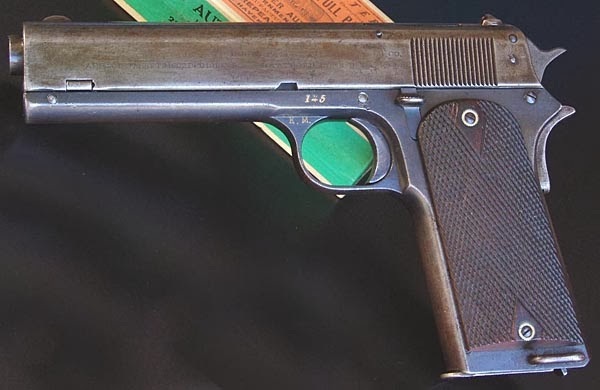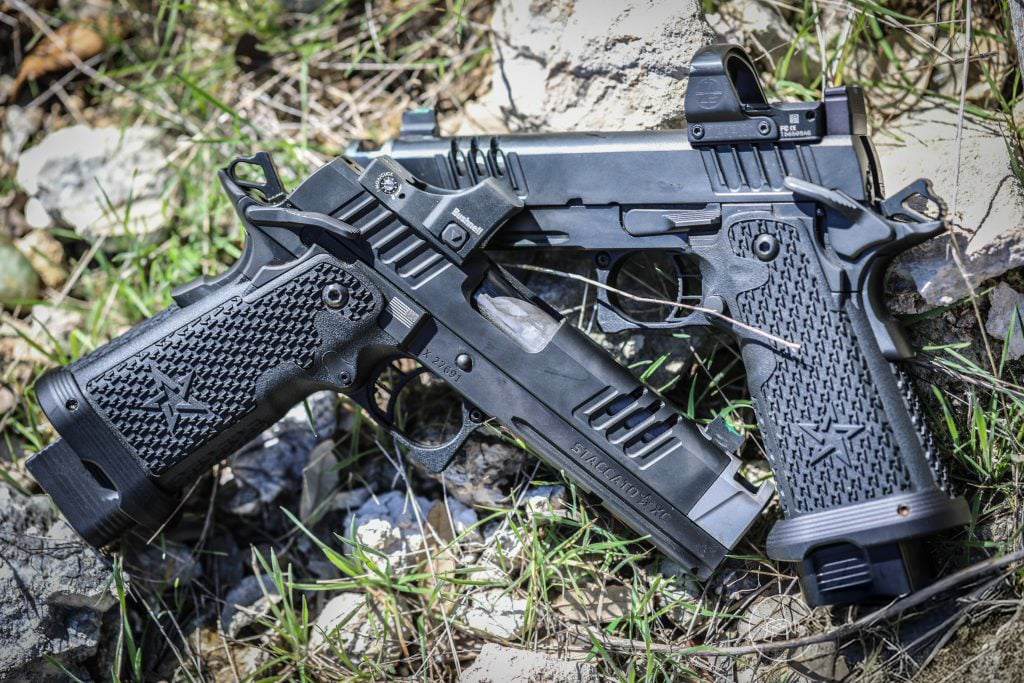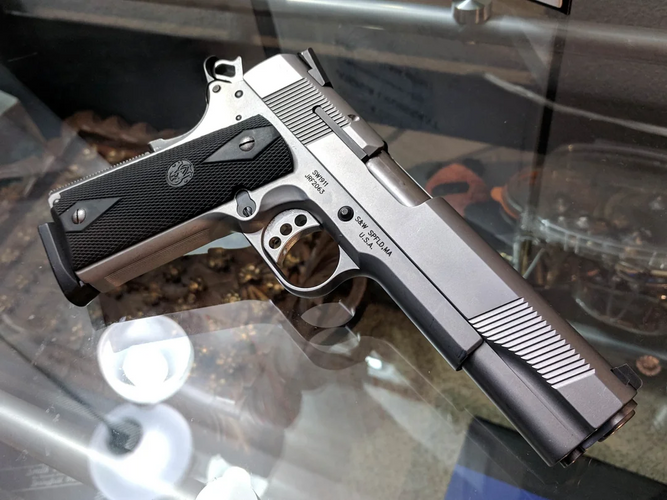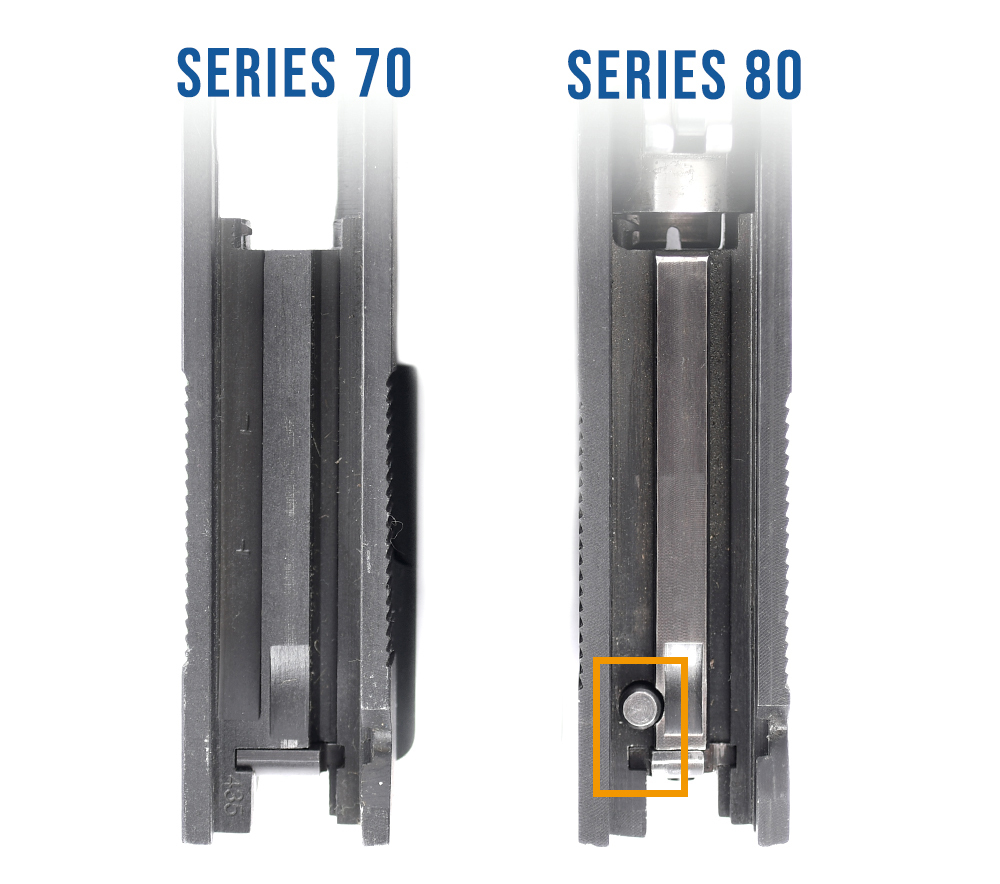The 1911, a two-time world champion in the handgun world, needs no introduction. Its impact on small arms technology and lasting presence in holsters worldwide is often underestimated. Despite debates about its single-stack design, the 1911—and its modern evolution, the 2011—remain dominant in competition and high-end collections. But does the champ have what it takes to stay relevant for another century? Let’s explore the history, mechanics, and modern resurgence of the 1911 and 2011 platforms.

The Origins: A Military Workhorse
In the late 1800s, the U.S. military sought a reliable semi-automatic replacement for revolvers. The trials of 1907-1910 saw Colt’s 1911 emerge victorious after enduring a grueling 6,000-round test without failure. This marked the adoption of the .45 ACP pistol, which went on to serve through both World Wars and beyond.
The Lasting Influence of the 1911 Action
John Browning’s tilting-barrel "locking breech" design, perfected in the 1911, is the foundation of nearly all modern semi-automatic pistols. This action allows for efficient cycling of higher-pressure rounds like 9mm and .45 ACP, a principle still used in firearms from Glock, Sig, and Smith & Wesson.
Safety Evolution: Series 70 vs. Series 80
-
Series 70: A traditional single-action design, loved for its crisp trigger but requiring care to avoid accidental discharges.
-
Series 80: Introduces a firing pin block for drop safety but at the cost of a slightly heavier trigger pull.
The Birth of the 2011: Higher Capacity, Same Precision
As "Wonder Nines" gained popularity, Para Ordnance introduced the P14-45, a double-stack 1911 in .45 ACP. Later, STI revolutionized the platform with modular 2011 frames, allowing for better customization and ergonomics. Today, 2011s dominate competitive shooting, particularly in 9mm.

The Modern 2011 Renaissance
Recent advancements in CNC machining have made high-quality 2011s more accessible. Competition circuits now feature optics-ready, high-capacity 2011s, and manufacturers continue refining their reliability. IDPA and USPSA divisions now provide a home for these high-performance handguns.
Considerations Before Buying
-
Maintenance: 1911s require more upkeep than polymer-framed pistols.
-
Cost: Quality models often exceed $1,000.
-
Optic Mounting: Traditional 1911 slides present challenges for red dots, though newer models address this.
A Timeless Classic
Despite these challenges, the 1911 remains one of the most accurate and refined pistols available. Whether as a collector’s piece, a competition gun, or a defensive sidearm, its legacy continues to inspire shooters worldwide.
Is the 2011 the future of high-end handguns? Or does the 1911 still hold its crown? Share your thoughts!



